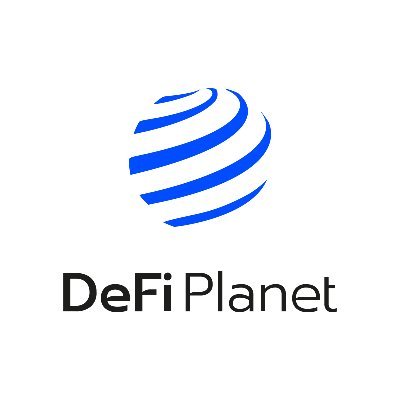


سعر RealLinkREAL
ما رأيك في RealLink اليوم؟
نبذة حول RealLink (REAL)
RealLink Token: رمز لا مثيل له في عالم العملات المشفّرة
من المعروف أننا نعيش في عصر الرقمنة، حيث كل شيء بدأ في التحويل إلى الشكل الرقمي، من الأعمال التجارية حتى العملات. تغير نمط حياتنا بشكل كبير وأدخل العديد من الابتكارات الجديدة، من بينها العملات المشفرة. في هذا الإطار، تبرز RealLink Token، والتي تعتبر واحدة من أفضل العملات المشفرة التي تميزت في السوق.
الرمز RealLink: ما هو وما الذي يجعله فريدًا من نوعه؟
إن RealLink Token هو رمز يتم تداوله على الشبكات البلوكتشين، وهو مشتق من العقود الذكية. إن القيمة الحقيقية لـ RealLink تكمن في قدرتهة على فتح الباب للمعاملات السريعة، المرنة، الآمنة والبلوكتشين المتجددة، الأمر الذي يجعله فريدا من بين العملات المشفرة الأخرى.
الأمان والخصوصية مع RealLink
ي道ب RealLink بشدة إلى أمان المستخدم والخصوصية، حيث يضمن بروتوكوله الأماني القوي أن جميع المعاملات تتم بشكل مأمون وآمن. لا يمكن التلاعب بالتداولات، كما أنها تكون غير قابلة للتتبع، مما يضمن مستوى عالي من الخصوصية للمستخدمين.
القوة المحركة وراء RealLink
تعتبر البرمجيات المشفرة الفائقة التعقيد والذكاء الاصطناعي المتقدم هما القوة المحركة الرئيسية وراء RealLink. إن هذه الأدوات تنظم وتوجه كل المعاملات بدقة على البلوكتشين، مما يجعل عملية التداول سلسة وفعالة.
أشكال مختلفة من الاستخدام
ثمة الكثير من الطرق التي يمكن استخدامها في RealLink. بواسطة العملة، يمكن المشاركة في الاكتتابات الأولية للعملات (IPCO)، وأيضا الاستثمار في العملات المشفرة الأخرى. يمكن أيضا استخدامه لشراء السلع والخدمات عبر الإنترنت.
في النهاية، يحمل عملة RealLink Token واعدًا وثوريًا، مع تقديم ابتكارات جديدة للعالم المالي. يبقى البلوكتشين والعملات المشفرة مستقبل الصناعة المالية، والتي تختصر الوقت والجهد وتزيد من الكفاءة والأمان.
تقرير تحليل الذكاء الاصطناعي حول RealLink
سعر RealLink اليوم بعملة EGP
سجل أسعار عملة RealLink (EGP)
 أقل سعر
أقل سعر أعلى سعر
أعلى سعر 
ما هو أعلى سعر لعملة RealLink؟
ما أعلى سعر لعملة RealLink؟
التنبؤ بسعر RealLink
متى يكون الوقت المناسب لشراء REAL؟ هل يجب أن أشتري أو أبيع REAL الآن؟
ماذا سيكون سعر REAL في 2026؟
ماذا سيكون سعر REAL في 2031؟
الأسئلة الشائعة
ما السعر الحالي لـ RealLink؟
ما حجم تداول RealLink على مدار 24 ساعة؟
ما أعلى مستوى على الإطلاق لـ RealLink؟
هل يمكنني شراء RealLink على منصة Bitget؟
هل يمكنني تحقيق دخل ثابت من الاستثمار في RealLink؟
أين يمكنني شراء RealLink بأقل رسوم؟
RealLink المقتنيات حسب التركيز
RealLink من العناوين حسب الوقت المحتفظ به

أسعار RealLink العالمية
- 1
- 2
- 3
- 4
- 5
إضافات جديدة على Bitget
شراء المزيد
أين يمكنني شراء العملات المشفرة؟
قسم الفيديو - التحقق السريع والتداول السريع!

مصادر REAL
RealLink من التقييمات
رؤى Bitget





الأصول ذات الصلة
معلومات إضافية حول RealLink
نظرة عامة على العملة
متعلق بالعملات
متعلق بالتداول































